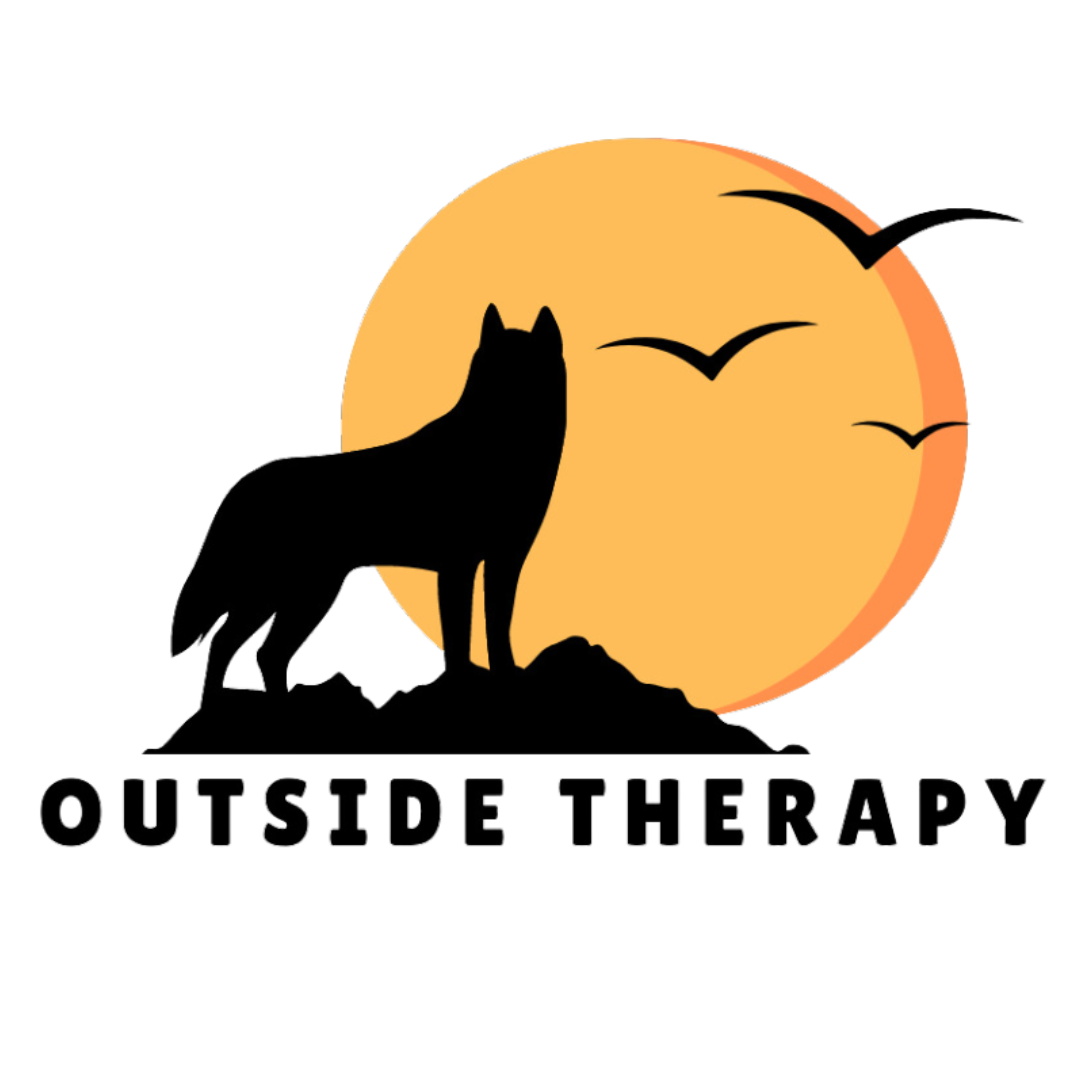
Most people don’t need lifelong therapy — they need the right tools, at the right time, with a therapist who knows how to turn insight into action.
Our process is built around three key principles:
Outcomes Over Opinions — We measure real progress, not vague “feeling better someday.”
Clarity Over Complexity — You’ll always know what we’re working on and why.
Momentum Over Maintenance — Every session builds toward independence, not dependency.
You’ll leave therapy with tools and structure you can use for the rest of your life — not just in sessions.
| Phase | Focus | What it looks like |
|---|---|---|
|
1 Intake & Fit (Week 1)
|
Understanding you and your goals | 15-minute consult → full intake → initial plan |
|
2 Realignment (Weeks 2–5)
|
Building new mental habits | Weekly sessions; track patterns; practice small, durable shifts |
|
3 Implementation (Weeks 6–10)
|
Using tools in daily life | Apply skills at home/work; improve communication; stabilize routines |
|
4 Independence (Weeks 11–15)
|
Maintaining progress outside therapy | Bi-weekly sessions; self-check-ins; carry-forward plan |

We tailor therapy to fit you — not force you into one modality.
Our approach combines several research-backed tools, including:
ACT (Acceptance & Commitment Therapy) for values-based living and mindset flexibility.
CBT (Cognitive Behavioral Therapy) for reframing unhelpful thoughts.
DBT (Dialectical Behavior Therapy) for emotional regulation and distress tolerance.
EMDR (Eye Movement Desensitization & Reprocessing) for trauma processing.
ERP (Exposure Response Prevention) for OCD — we’re the only provider in Cheyenne offering it.
Positive Psychology & Self-Authoring Work for long-term growth and purpose.
We match the right tool to the right person — that’s what makes Outside Therapy effective.
We tailor therapy to fit you — not force you into one modality.
Our approach combines several research-backed tools, including:
ACT (Acceptance & Commitment Therapy) for values-based living and mindset flexibility.
CBT (Cognitive Behavioral Therapy) for reframing unhelpful thoughts.
DBT (Dialectical Behavior Therapy) for emotional regulation and distress tolerance.
EMDR (Eye Movement Desensitization & Reprocessing) for trauma processing.
ERP (Exposure Response Prevention) for OCD — we’re the only provider in Cheyenne offering it.
Positive Psychology & Self-Authoring Work for long-term growth and purpose.
We match the right tool to the right person — that’s what makes Outside Therapy effective.

| Traditional Therapy | Outside Therapy |
|---|---|
| Open-ended sessions | Structured 15–18 session framework |
| General talk therapy | Goal-driven treatment plans |
| Limited accessibility | In-person (Cheyenne), Telehealth (statewide), Outdoor options |
| Waitlists | Immediate availability |
| Symptom focus only | Whole-person approach (sleep, routines, relationships, purpose) |

We don’t guess whether therapy is working — we track it.
Every few sessions, you’ll review measurable progress based on your goals.
That might mean:
Fewer anxiety spikes per week
Better sleep quality
Healthier relationships
Improved focus and emotional balance
You’ll know when and how you’re improving.
We plan for completion from the very beginning.
When you reach your goals, you’ll have a framework for maintaining progress on your own — but we stay available for future check-ins or refresh sessions when life shifts.
Because therapy should be something you graduate from, not rely on forever.
